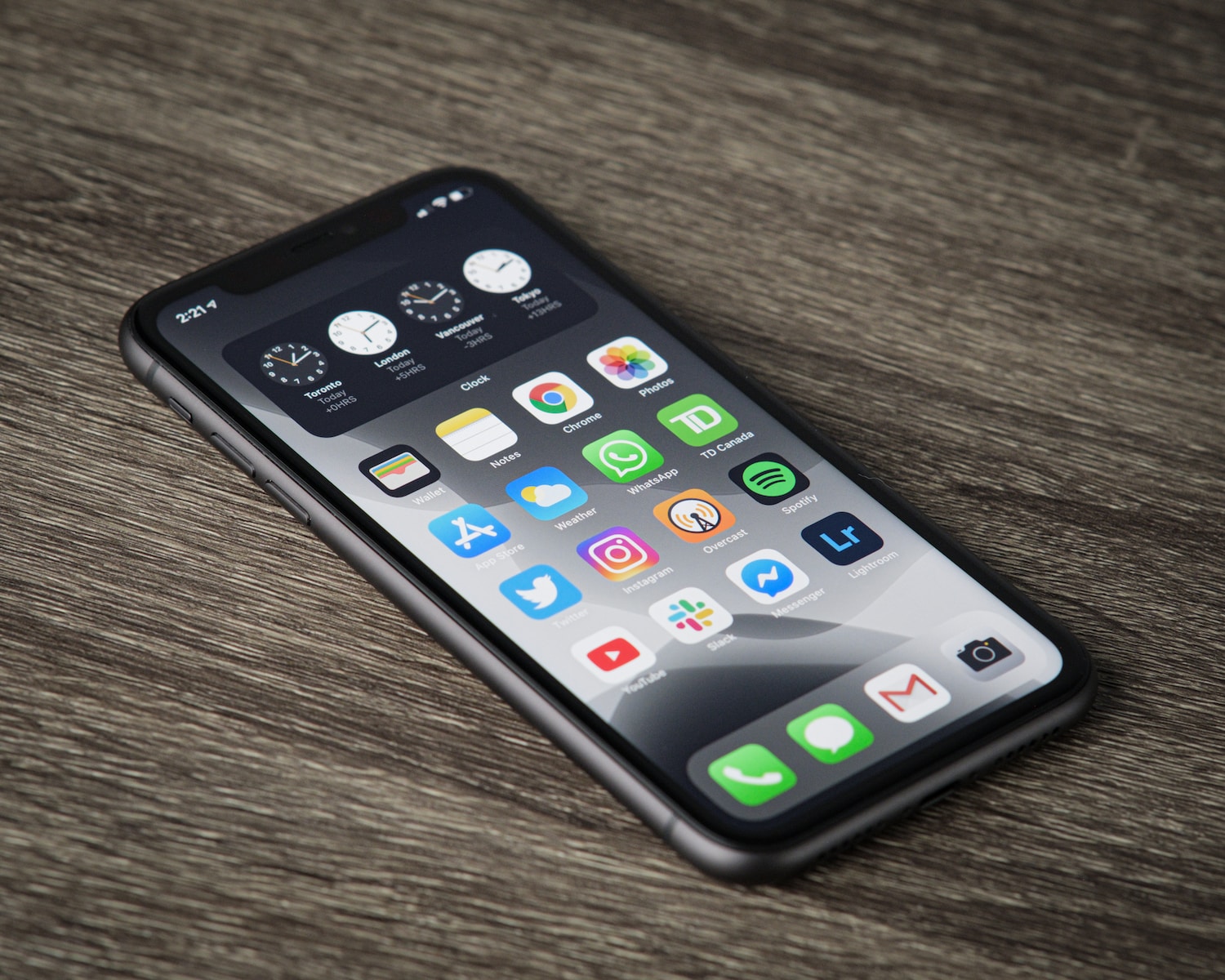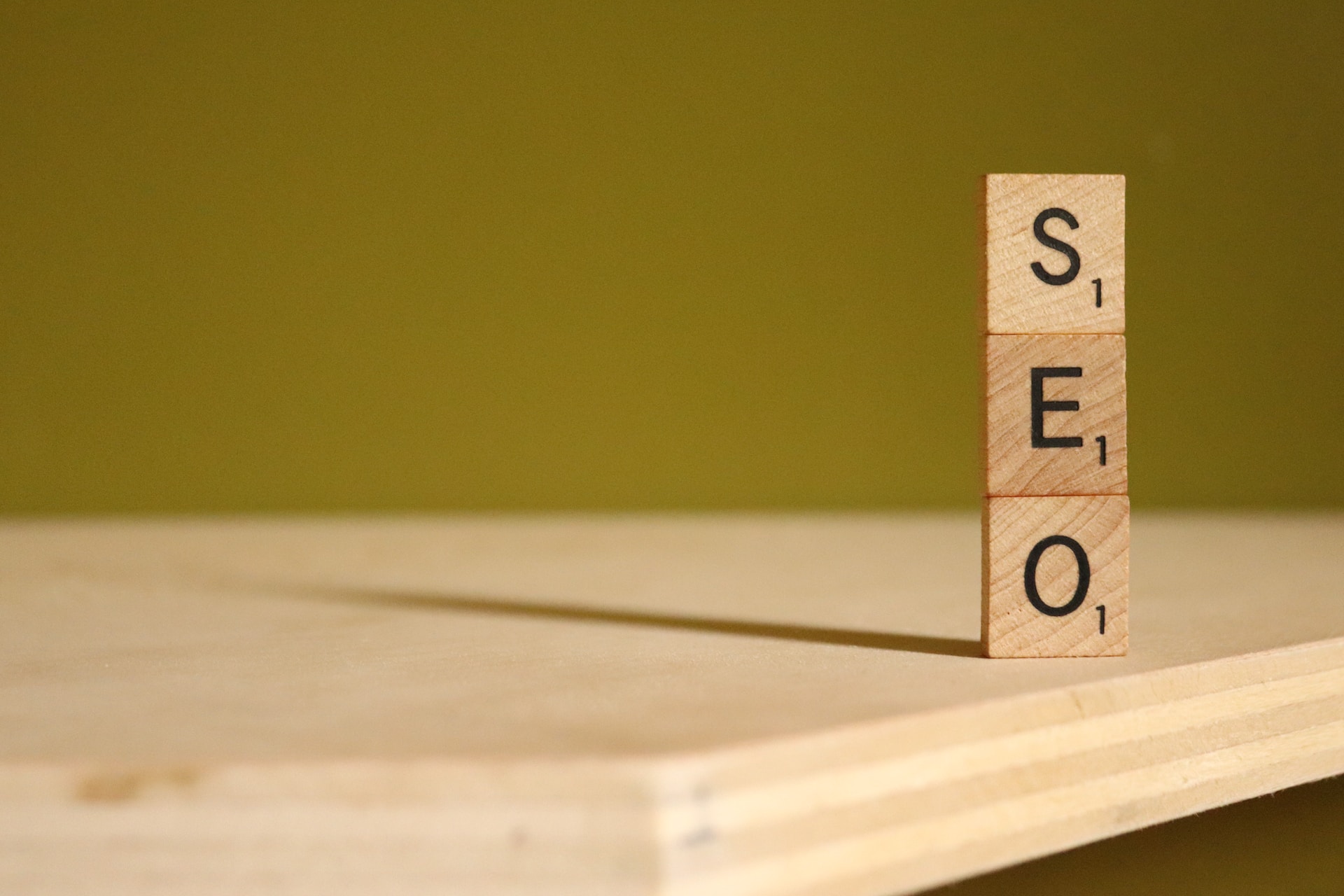The Internet of Things (IoT) is a complex of interdependent electronic computing devices that collect and transmit various data over the Internet, excluding human assistance. IoT testing implements a suite of tests to determine a process’s performance. There needs to be more than ioT tuning because you need to know everything is functioning according to the specified requirements.
Definition of testing and why it is needed
IoT testing is a method that allows you to check how components perform under different operational requirements. The IoT device includes the following components:
- sensor layer;
- gateway and network layer for connection;
- the level of services to provide access and data integration;
- the actual level at which analytical information is accumulated through a dashboard or a mobile application.
The IoT testing experts convinced that it is necessary to test all layers separately and together. It will provide the coordinated work of all layers. The size of the IoT deployment makes monitoring and removing debugged devices while in use complex. On the other hand, testing will make it possible to detect vulnerabilities in cyber attacks well before their activity, excluding severe disruptions in operation. Testing allows you to see and protect unauthorized devices.
Types of IoT Testing
The 5 types of testing differ in the purpose of the test, that is, what exactly needs to be checked. Let’s look at all of them.
Ease of use
Such testing allows you to check how comfortable the user uses the IoT interface: how clear notifications are and whether they appear at the right time. In addition, the coherence of the interaction of machines is checked.
Usability testing ensures the smooth functioning of IoT communications. The main task is to ensure that the user audience is satisfied with using the Internet of Things.
Operation compatibility
The main option of the Internet of Things is the transfer of data; for this, you need to combine them with networks and devices. The compatibility check will ensure that the merging works correctly and functions effectively across different browsers and platforms.
Security
The most crucial property is security, so it is essential to detect and protect vulnerabilities in the system since a cybernetic intruder will be able to enter massive corporate systems through weak points in the system. Security must be provided for the API and the sent data, protected by encryption (susceptible information). Testing eliminates weaknesses both in the device and in the cloud.
Performance
An IoT device must provide uninterrupted operation and high performance. Such tests involve the creation of scenarios for various conditions of use. All IoT components must be tested: network, gateway, database, and API. In addition, the reliability of service in any field conditions where there is a possibility of danger from the environment must be ensured.
Compliance
Any developed software product must comply with specific regulations, standards, and legal frameworks where it will be used. Therefore, IoT devices are no exception. This correspondence is provided at the beginning of development and coding. But this correspondence should be systematically checked when changing the components and adjusting the coding.
Best Practices for Effective IoT Testing
To improve the efficiency of testing, you need to follow some recommendations:
- perform asset verification;
- provide security at the first stage of development;
- make testing automated.
Considering these tips, the testing process will be the fastest and highest quality. For more information about IoT testing, how and why it is needed read more.
What are the challenges of testing?
While IoT testing is a must, various issues can arise during the testing process.
Scaling when unfolding
One of the advantages of the Internet of Things is the ability to transfer data from unused sources. But testing and maintaining the IoT will be difficult if the machine has a sensor, especially a remote one. Therefore, there is a possibility of hidden IoT devices that system operators may not discover and, as a result, will not be verified.
Separation of physical and digital
Since IoT devices can receive electronic data from the physical realm, there can be problems in running tests. Embedded devices are challenging to test because software and hardware must be checked separately and jointly.
Protocol Heterogeneity
Since the data of obsolete and new (IoT) equipment has a different format, a standard testing protocol must be established to consider the data’s heterogeneity.
OEM components
Often, IoT devices are made by integrating software components (original and non-original). Therefore, it is necessary to determine the critical values of these components to determine productivity and quality.
Test Optimization Tools
For the testing process to be as simple and optimized as possible, it is necessary to use some tools:
- Parasoft and AWS when conducting security tests;
- Shodan – for testing IoT endpoints;
- Wireshark – to check network protocols to detect errors;
- TCPdump – to analyze network bandwidth without a graphical user interface;
- JTAG dongle – checks the chip on the IoT device and its performance;
- DSO (electronic storage oscilloscope) – checks the viability of the device structure, providing information on how the IoT products perform under various operational requirements (wireless connection, power surges).
All these tools allow you to perform all stages of complex testing of IoT devices as accurately as possible. From all of the above, it follows that testing of IoT devices is necessary to ensure comfortable use by users.







